Iron- The most common metal in nature after aluminum - is used by people with deep antiquity for the manufacture of different things that are necessary in everyday life.
Much later it turned out that this element is vital for normal growth.
and the development of the person, animals and plants.
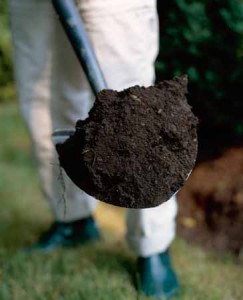 Man gets iron mainly with food. In vegetables, it is a little, as a rule, no more than 2 mg / 100 g of raw mass. The greatest amount of iron accumulates in the green of parsley - 1.9 mg / 100 g, but in the roots of this plant the plant is much less - 0.7 mg / 100. Eggplazhan, white and red cabbage, kolrabi, salad, cucumbers contain 0.4 -0.6 mg of iron in 100 g edible part, and cabbage Brussels and color, potatoes, onions, carrots, peppers, radishes, beets, tomatoes, dill, Ches-Nok-0.7-1,6 mg / 100g.
Man gets iron mainly with food. In vegetables, it is a little, as a rule, no more than 2 mg / 100 g of raw mass. The greatest amount of iron accumulates in the green of parsley - 1.9 mg / 100 g, but in the roots of this plant the plant is much less - 0.7 mg / 100. Eggplazhan, white and red cabbage, kolrabi, salad, cucumbers contain 0.4 -0.6 mg of iron in 100 g edible part, and cabbage Brussels and color, potatoes, onions, carrots, peppers, radishes, beets, tomatoes, dill, Ches-Nok-0.7-1,6 mg / 100g.
Green iron plants are necessary To form chlorophyll, carbohydrate synthesis (photosynthesis).
In its pure form, iron falls on the ground only with meteorites, and in the earth's crust this element is only as compounds. Part of it is in a moving condition and is available to plants. One garden cultures available in the soil of iron is enough, the other is not enough. For example, in the soils of the middle strip of Russia of iron compounds in excess, so vegetable plants rarely suffer from its deficit. But on carbonate soils (for example, turf-carboratory, which are found in the Perm region, Novgorod, Volgograd, Leningrad regions, and in Siberia, where there are clusters of limestone, dolomites, chalk) Available iron plants of little: Calcium binds its ions, making a larger , hard-soluble. The same happens on poorly drained soils, including on strong-acid robust swamps.
Small iron deficiency Manifested by chlorosis - pale color and yellowing of the leaves. If the plant does not have this element, a typical inter-linked chlorosis is observed. The acute lack of iron leads to a strong chlorosis: the green color of the plants disappears, and the leaves are completely covered near the most subtle veins. In the future, the tissue is dying, the leaves are falling, the shoots are broken and dying. It is important to note that the transition of the color of the leaves from the dark to light with iron starvation is very sharp. However, if the plants in time to feed fertilizers in time, for example, sulfate, chloride or iron citrate or solutions of these salts, the leaves on shoots will grow again. Not bad source of iron For plants and manure. But to bury the nails in the soil, bolts, screws and other glands do not: such a reception does not improve the nutrition of plants, since the rust is not absorbed, and the glands only clog soil.
On weakly acidic soils, it is not required to adjust the iron deficiency. Especially since various anthropogenic factors, such as acid rains and acidifying fertilizers, contribute to an increase in mobility. iron in the soil.
An excess of iron in the nutrition of plants is the same negative phenomenon as its disadvantage. True, this is rarely found (on very acidic soils, with severe pollution of their salts of iron and with low phosphorus content). Excessive iron content in the soil (as a rule, together with an excess of aluminum and manganese) enhances the negative effect of soil acidity on the plants. Iron toxicity is also manifested in saline soils.
On a note:
Sale of suburban real estate in the Leningrad region It is one of the priorities of the real estate agency of the site Znru.ru. Sale in the Leningrad region of land plots includes a large number of options. Houses, cottages and land in the Leningrad region - all this can be found with minimal time spent on the real estate site Znru.ru. If you are interested in home and land plots in the Leningrad region, you can choose a plot in a specific area or cottages in the Leningrad region of the desired area, the estimated price and distance, where your country real estate in the Leningrad region should be from the city.

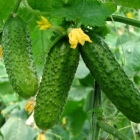
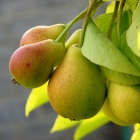
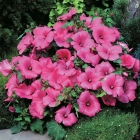
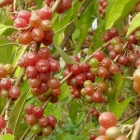
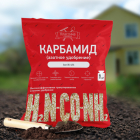
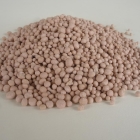
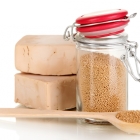

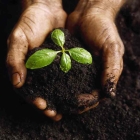
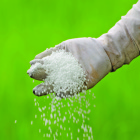
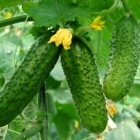
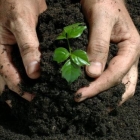
 Start a discussion ...
Start a discussion ...